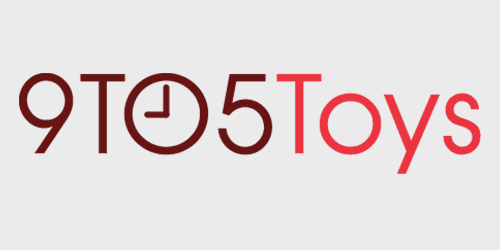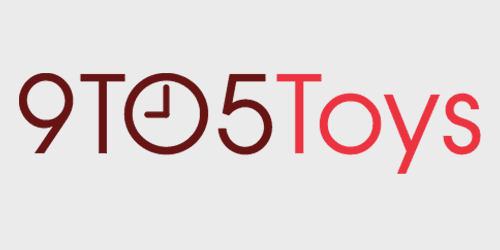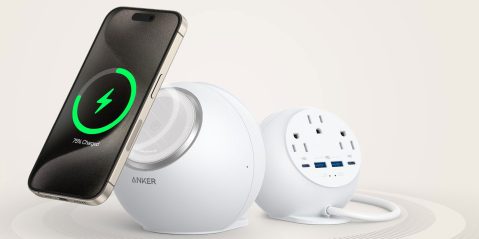
While many would agree that we are headed to a world filled with devices that charge via USB-C, we are not quite there yet. Since this is the case, most of us with tech and tools around the house have a plethora of devices that use different inputs for charging. Tools tend to be proprietary, but thankfully tech typically resorts to a few of the usual suspects. If you’re like me and loathe having an abundance of cables out for everyone to see, head below for some suggestions regarding how to set up a clutter-free charging station for all your gadgets.
The first thing you need to do is take inventory of all the battery-operated gear that you use. For me, some of the battery-reliant devices that I have include a couple of Ring Video Doorbell 2s, seven Logitech Circle 2 Security Cameras, and multiple WORX-branded tools.
Once you’ve done this, you can begin identify how each of your devices needs to be charged. Based on the products that I mentioned above, I needed chargers would interface with mini-USB, micro-USB, USB-C, and WORX PowerShare batteries.
Since most of us have power tools around the house, let’s knock this one out first. If you tend to stick with one brand, there’s a good chance you can share batteries between your gear. This perk allows you to pick up a dual chargers and ensure that multiple batteries are juiced up and ready to go at all times.

Brands like Makita, DEWALT, and WORX tend to offer dual chargers. Some of them even sport a USB port or two that provide additional power sources. These ports are not typically the fastest out there, but if you can let something sit overnight, they will get the job done.
For tech gear, the ports that you will typically need to worry about are micro-USB, USB-C, Lightning, and if you’re unlucky, mini-USB. For powering these, an easy recommendation would be Anker’s PowerPort hubs. They plug directly into the wall and offer USB-A and USB-C ports that are powerful enough to charge MacBooks.

I have begun buying extra batteries for each device I own that sports a removable one. This means that I have an extra on-hand for my Ring Video Doorbell 2s and Logitech Circle 2 security cameras. Going this route ensures downtime is kept to a minimum. I do not rush to buy these, but instead keep an eye on pricing and grab them when they go on sale.
One of the final pieces of the puzzle is to find a cost-effective wooden storage cabinet with a style that fits your space. I say wooden because you will need to drill small holes in the back for power cables to run through. If you have an extra piece of furniture lying around, there is no reason you can’t use it instead. Once you have made the holes, you can place it in front of a power outlet and run cables for your gear.

If you plan to plug in an iPad or MacBook occasionally, it certainly can’t hurt to pick up a surge protector or UPS as well. Not only will this provide additional power outlets, it will also help prevent surges from reaching your electronics.
Do you already have a charging space set up for all of your gear? If so, let us the approach that you took in the comments below.
FTC: We use income earning auto affiliate links. More.









Comments